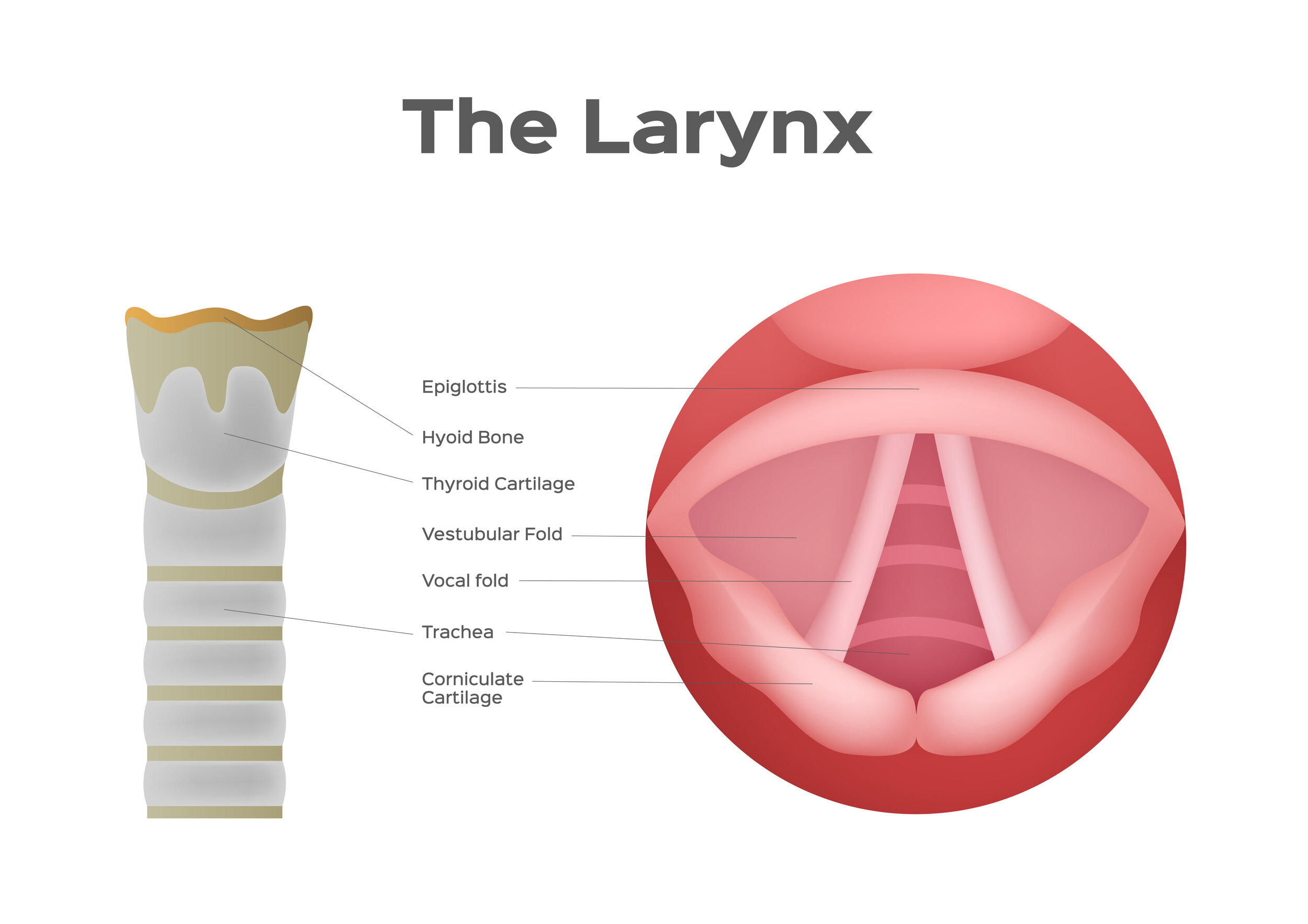Treatments: Voice Box (Larynx)
The larynx is an important part of swallowing, breathing, and voice production. All aspects of its function are considered together with any particular treatment.
General categories for treatment of the voice box (larynx) include medical, surgical, and therapy, depending on the cause of the problem. Fortunately, the majority of vocal quality problems (hoarseness or dysphonia) are effectively treated with a few measures including minimizing any acid reflux that may be occurring, avoiding vocal strain, and utilizing speech therapy. Diagnostic evaluation guides treatment options, and in some situations, such as with a nodule, polyp, tumor, or weak vocal cord, surgical treatment is indicated for best results.
Non-surgical treatments for the voice (larynx)
Vocal quality may be improved in many situations by minimizing ongoing trauma or irritation and strengthening the voice with voice exercises, which is like physical therapy for the voice box. Straining the voice, which may be a habitual use of the voice that needs to be unlearned, or vocal demands of speaking to a hearing-impaired family member or attempting to project over background noise, is a common cause of trauma due to the harsh vibrations imposed on the vocal cords. Common irritants of the larynx include reflux of stomach contents up to the throat and exposure to tobacco smoke. A speech and language pathologist is like a physical therapist for the voice, and is a valuable coach for voice improvement.
biopsy of the voice box (Larynx)
Hoarseness persisting greater than a month should be evaluated by an ear, nose, and throat physician who will listen with a skilled ear and look at the vocal cords with a scope. On occasion, something suspicious is seen requiring a biopsy to evaluate for a cancer. Usually, a biopsy of the larynx is performed through the open mouth, with the patient asleep in the operating room, but later discharged to home the same day. Recovery is usually fairly quick and biopsy results are available in about a week.
surgery for voice quality (phonosurgery)
Certain problems of the vocal cords may not respond to non-surgical management and benefit from techniques in the realm of microsurgery of the larynx, or phonosurgery, in which optical magnification and specialized instruments are used to perform delicate surgery on the vocal cords. There are multiple surgical options to restore voice in the setting of a paralyzed or weak vocal cord. Voice surgery is typically combined with voice therapy to get best results.
treatment for cancer of the voice box (larynx cancer)
After diagnosis is made, larynx cancer often follows with additional imaging and discussion tumor board conference, which comes up with a consensus recommendation for a treatment plan that is relayed to the patient.






